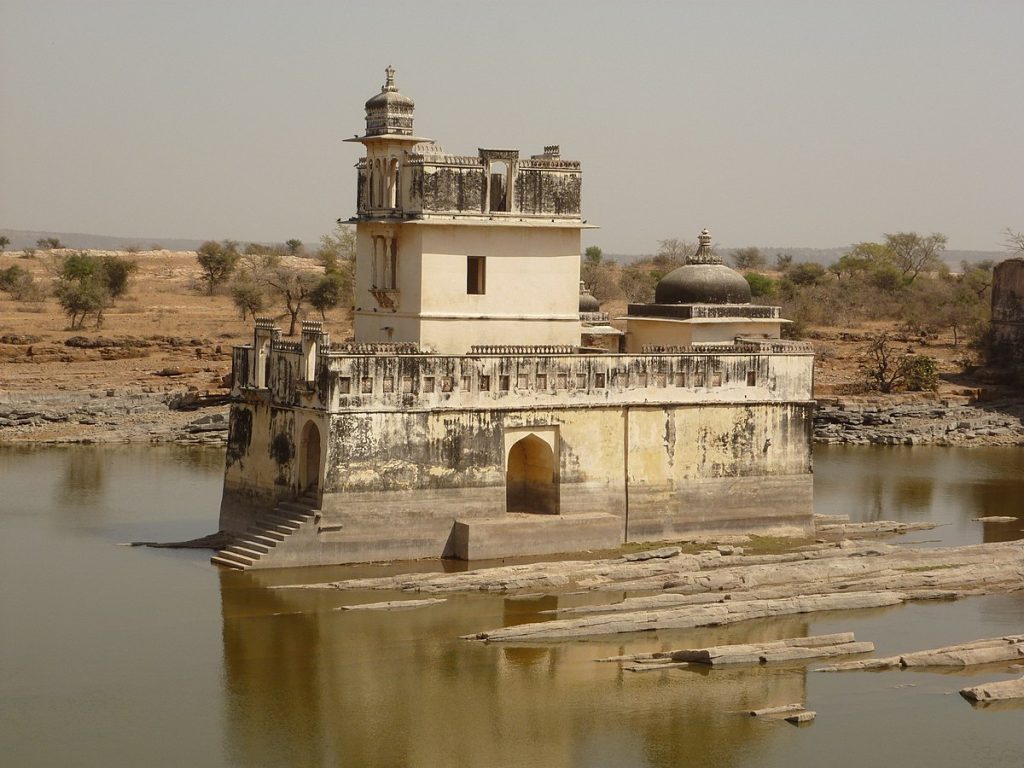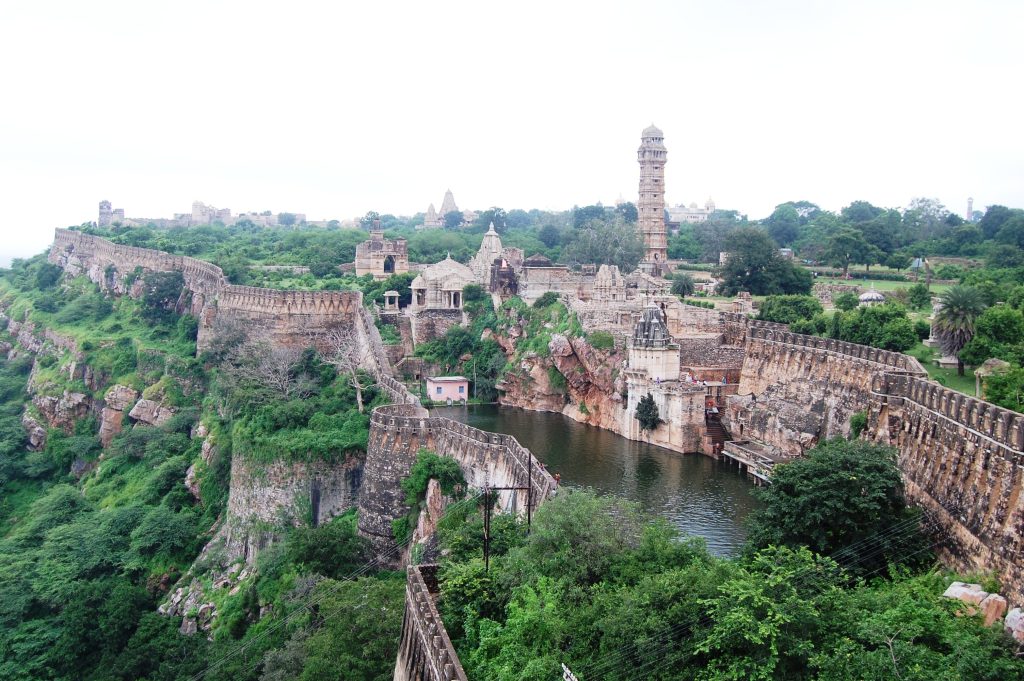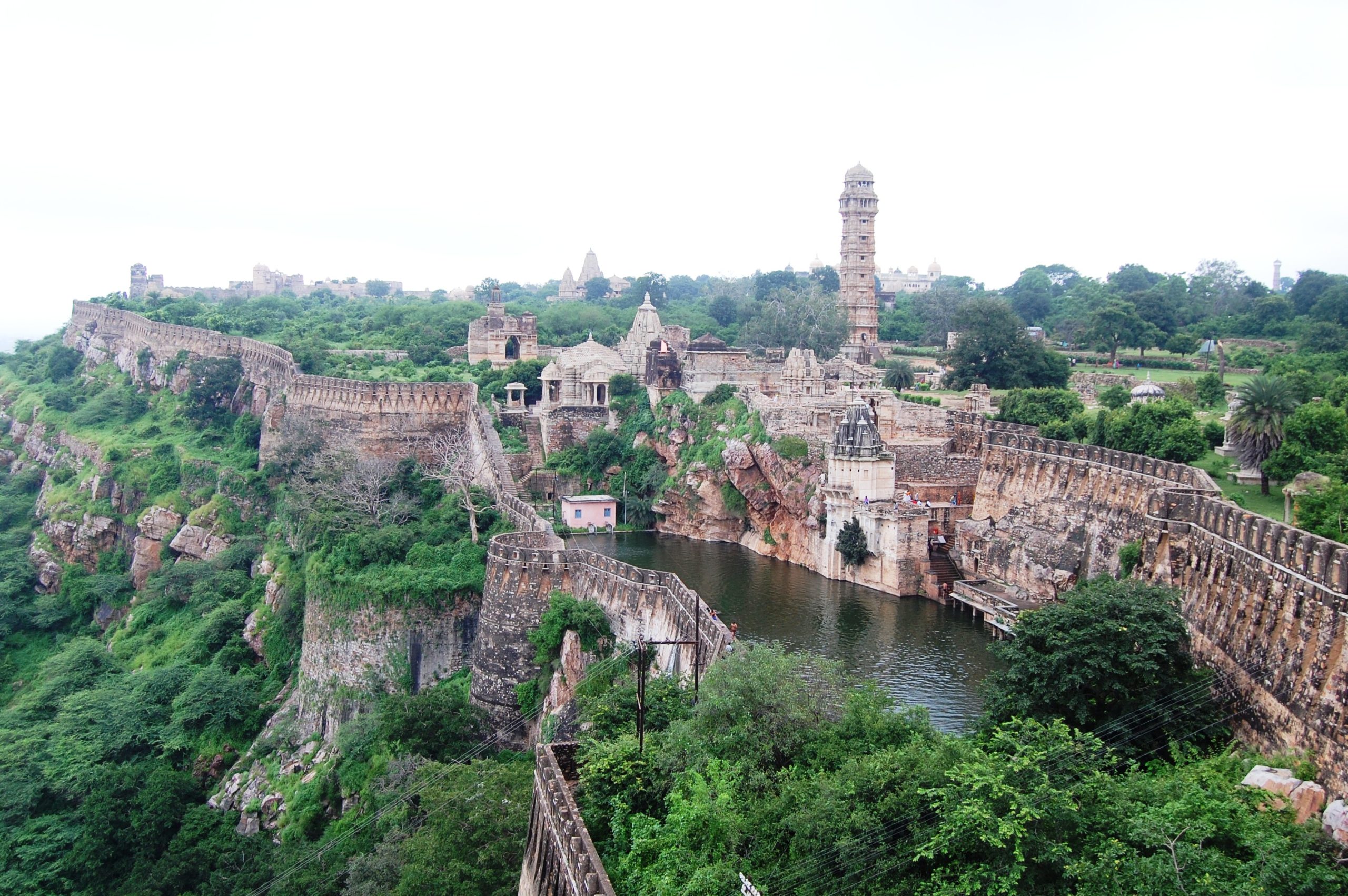Chittorgarh Fort: Rajasthan is globally renowned for its rich culture and heritage. The state is home to numerous forts and palaces that attract people from far and wide. Among them, Chittorgarh Fort stands out as the largest fort in India, boasting a history that continues to captivate visitors each year. Let’s explore the distinctive features that make this fort special.

Chittorgarh Fort: Witness to the Jauhar of Three Queens
Rajasthan, known for its traditions and cultural heritage, is a major tourist destination worldwide. Every year, a large number of people visit the state to explore its historical treasures. Chittorgarh Fort, situated in the city of Chittorgarh, is one such fort that draws tourists from around the globe. This fort has a rich history that is well-preserved, making it a significant heritage site. Let’s delve into the unique aspects of this fort.
History of Chittorgarh Fort

Located in Chittorgarh, Rajasthan, this fort boasts seven gates, providing access to its inner precincts. Chittorgarh Fort served as a major center of power from the 7th to the 16th century. While the exact date and builder of the fort remain uncertain, it is believed to have been constructed by Maharana Chitrangada Maurya in the 7th century. Some even speculate that the Pandavas built it during the Mahabharata era, though concrete evidence is lacking.
India’s Largest Fort
Chittorgarh Fort, situated a few kilometers south of Bhilwara, is acknowledged as the largest fort in India. Its entrance gates, bastions, palaces, temples, and water reservoirs contribute to its aesthetic appeal. Recognizing its beauty and historical significance, UNESCO declared Chittorgarh Fort a World Heritage Site on June 21, 2013.
Witness to the First Jauhar
This fort holds a special place in history as the site of the first Jauhar. In 1303, during the reign of Raval Ratan Singh, Queen Padmini performed the first Jauhar with her 16,000 female companions to avoid capture during Alauddin Khilji’s invasion. Additionally, during Rana Vikramaditya’s rule in 1534, Queen Karnavati carried out the second Jauhar with 13,000 maidens when Gujarat’s ruler Bahadur Shah attacked. The third Jauhar occurred during Rana Udai Singh’s reign in 1568, led by Rani Patta Sisodia during Akbar’s invasion.
Other Distinctive Features of the Fort
Chittorgarh Fort is not only known for its historical events but also for its architectural marvels. The Vijay Stambh, a 122-foot tall tower built by Maharana Kumbha between 1440 and 1448, stands as a symbol of victory. The Padmini Mahal, located amidst water bodies, is believed to be where Alauddin Khilji saw a reflection of Queen Padmini, inspiring his invasion.
The fort also houses Rana Kumbha’s Palace and the beautiful Padmini Palace, where Queen Padmini is said to have performed Jauhar. These features, along with the grandeur of the fort, make it a unique and captivating destination.
In conclusion, Chittorgarh Fort stands as a testament to Rajasthan’s rich history and cultural heritage. Its grandeur, combined with the stories of the three Jauhars, makes it a must-visit destination for history enthusiasts and tourists alike.
Read more: Miraculous Tuesday Remedies: Attain Relief from All Hardships with Hanuman Ji’s Blessings!
